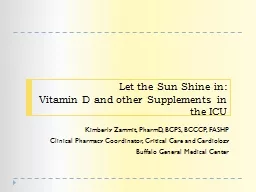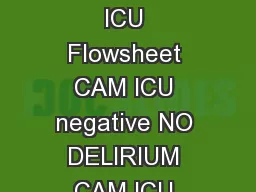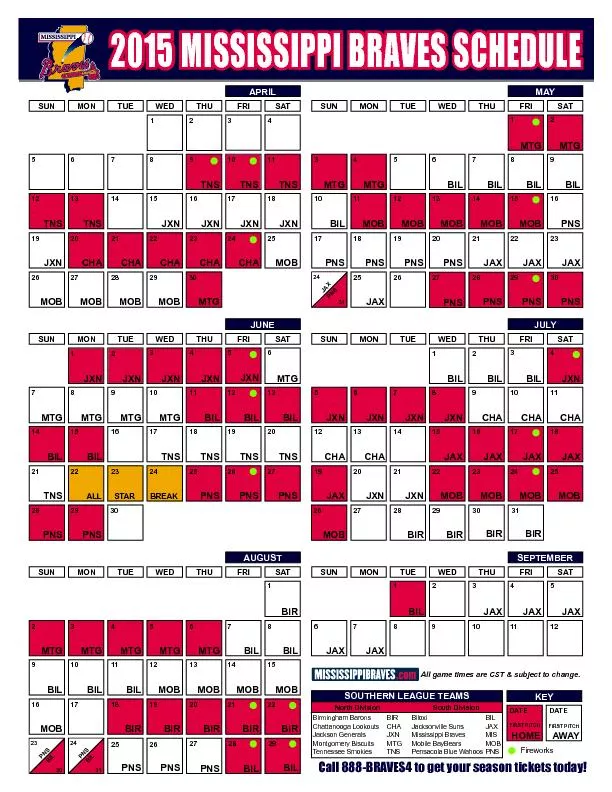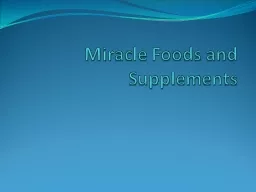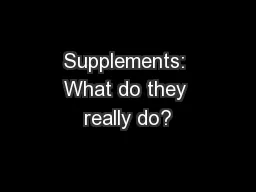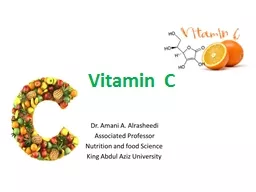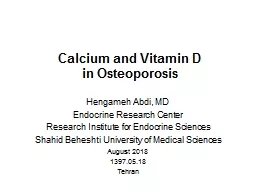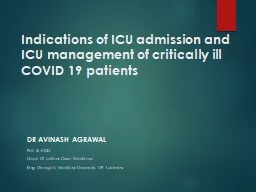PPT-Let the Sun Shine in: Vitamin D and other Supplements in the ICU
Author : lindy-dunigan | Published Date : 2018-10-26
Kimberly Zammit PharmD BCPS BCCCP FASHP Clinical Pharmacy Coordinator Critical Care and Cardiology Buffalo General Medical Center Disclosures None to report Learning
Presentation Embed Code
Download Presentation
Download Presentation The PPT/PDF document "Let the Sun Shine in: Vitamin D and othe..." is the property of its rightful owner. Permission is granted to download and print the materials on this website for personal, non-commercial use only, and to display it on your personal computer provided you do not modify the materials and that you retain all copyright notices contained in the materials. By downloading content from our website, you accept the terms of this agreement.
Let the Sun Shine in: Vitamin D and other Supplements in the ICU: Transcript
Download Rules Of Document
"Let the Sun Shine in: Vitamin D and other Supplements in the ICU"The content belongs to its owner. You may download and print it for personal use, without modification, and keep all copyright notices. By downloading, you agree to these terms.
Related Documents

